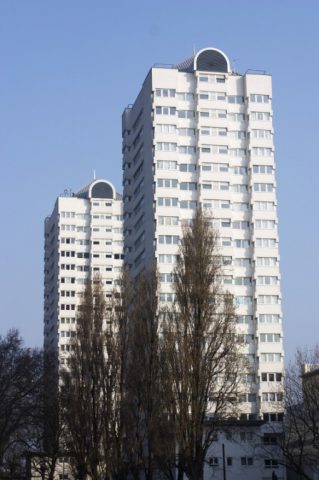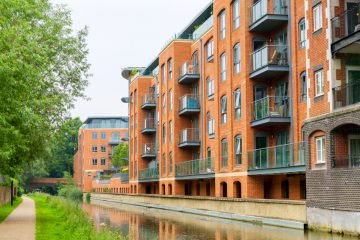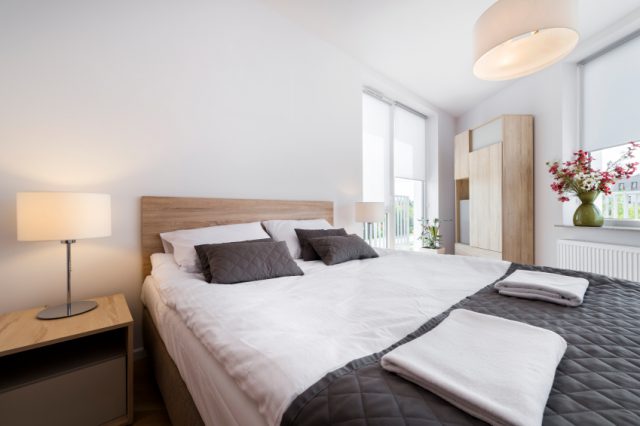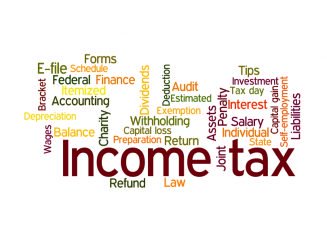Flats soar in value over the decade
A new investigation has indicated that one particular property type has experienced a surge in demand during the last decade.
The study conducted by the Halifax showed that flats have risen in price more than any other property during the last ten years.
Not a flat rate
Since 2005, the average price of a flat has risen by 60%, or £730 per month, from £87,550 to £233,424. Over the same period, a terraced house rose in value by 41%, a semi-detached home by 32%, a bungalow by 28% and a detached property by 21%.[1]
The Halifax believes that the large rise in sales of flats is due to the market in London, where over half of all sales are for this particular property type. However, the spiralling cost of a flat is apparently making some first-time buyers turn their attention to other property types, which could suit them better in the long term, should they wish to start a family.
First-time options
Data from the report shows that semi-detached homes have increased in popularity amongst first-time buyers. This property type accounts for 28% of purchases in the first half of 2015, in comparison to 21% ten-years previously.[1]
On average, the average price of a semi-detached home is £370,000 but in the North and the Midlands, this price is under £120,000. ‘First-time buyers have switched to some extent away from flats-reflecting their large price increases-towards semi-detached homes over the last decade,’ noted Martin Ellis, housing economist at the Halifax.[1]
In London, the average price of a flat was found to be £370,281.[1]
Regional differences
Flats were the best-performing property type over the last decade across the UK, but in London, Scotland and the South West of England, other property types came out on top.
Semi-detached were the most popular property types in the South East, East Anglia and the East Midlands. In Wales, terraced homes were the greatest performers, as well as in the North of England, the North West, Yorkshire and the Humber and the West Midlands.
All figures were taken from Halifax’s house price database.
[1] http://www.propertyflock.co.uk/f/EEB96B53D











